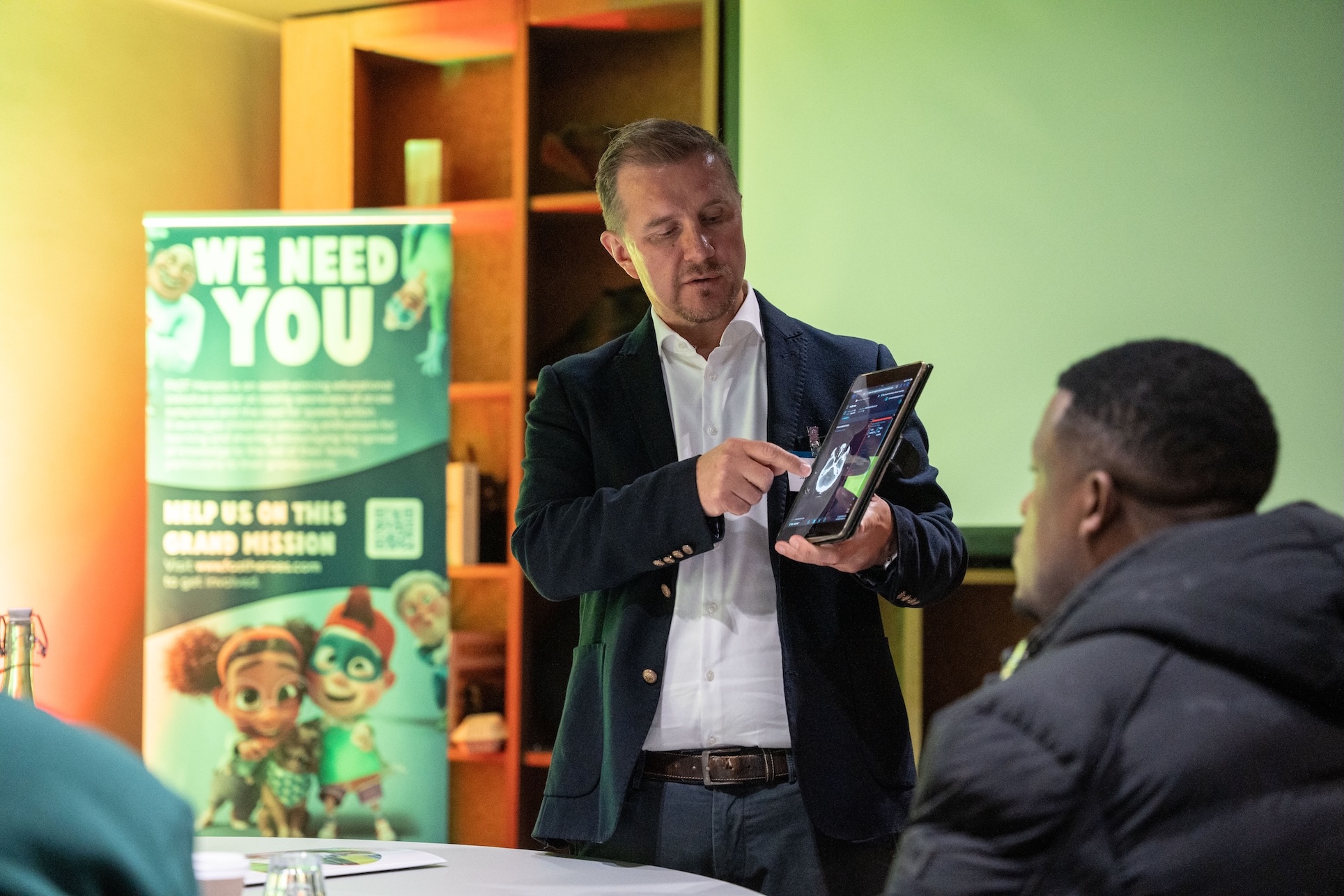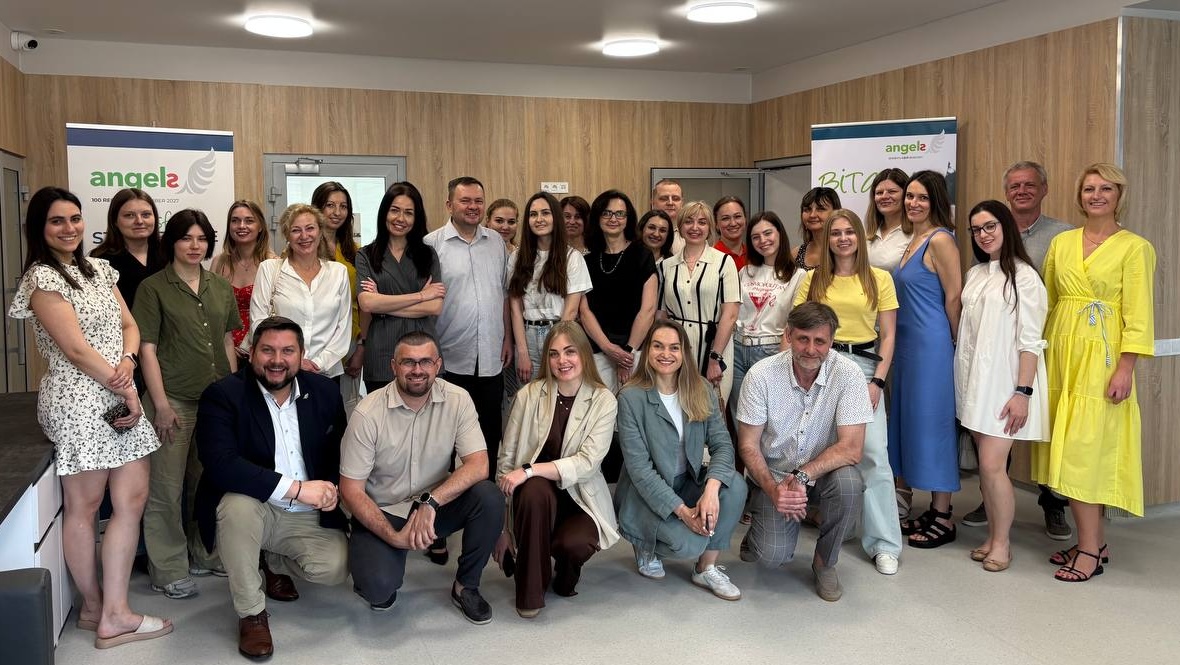Nejsou první v Malajsii, kdo léčí pacienti s mrtvicí trombolýzou, ale jsou již nejrychlejší.
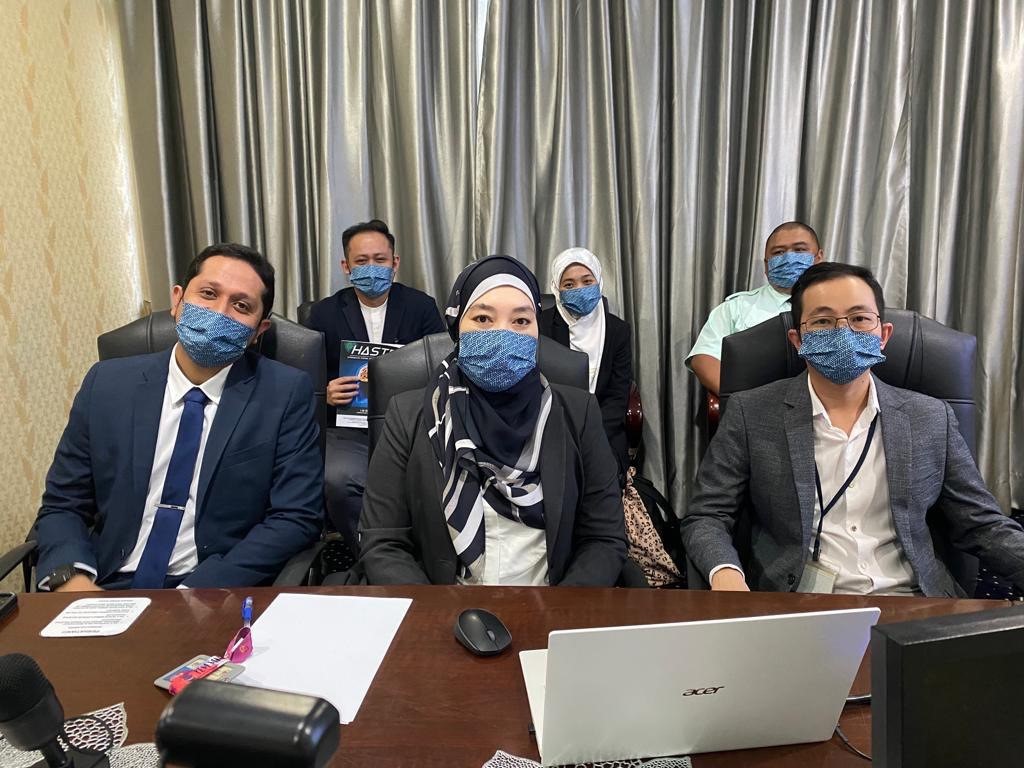
První trombolytická léčba v nemocnici Tuanku Ja’afar v Serembanu (HTJS) proběhla dne 5. May 2019 a byla provedena za méně než 60 minut. Je to doba od dveří k jehle, kterou by mnoho nemocnic po celém světě hlásilo se spokojeností i po několika letech zkušeností, ale ne tato rozlehlá 50letá státní nemocnice v provincii Negeri Sembilan na západním pobřeží poloostrova Malajsie.
Do roku 2020 tým pro léčbu cévní mrtvice ve společnosti HTJS léčil většinu pacientů s cévní pacienti s mrtvicí během 45 minut. Do začátku roku 2021 podstupovala léčbu více než polovina pacientů s cévní pacienti s mrtvicí za méně než 35 minut a ve druhém čtvrtletí – jak zničující třetí vlna COVID-19 začala zničovat Malajsii – ocenění WSO Angels Diamond Award znamenalo nový milník; světový medián doby od dveří k jehle 25 minut.
COVID-19 překonal svůj krok pouze dočasně, protože na začátku pandemie klesala čísla pacient, ale do konce roku 2021 si tým pro cévní mrtvice ve společnosti HTJS vypůjčil zásoby rTPA ze sousedního státu, aby držel krok se svou pracovní sazbou. Navzdory začlenění Covidových protokolů na ochranu pacientů a sebe sama se čas jejich od dveří k jehle nezvlněl.
Neurolog Dr. Teh Pei Chiek a lékař pohotovosti Dr. Emi Noorina Binti Mohd Nor uvádí, jak nemocnice více než polovinu doby léčby za méně než tři roky, přičemž zdvojnásobuje míru rekanalizace, obsahuje několik, pokud vůbec nějaká překvapení. Ve skutečnosti se podělili o učebnicový případ toho, jak dělat všechny důležité věci správně.
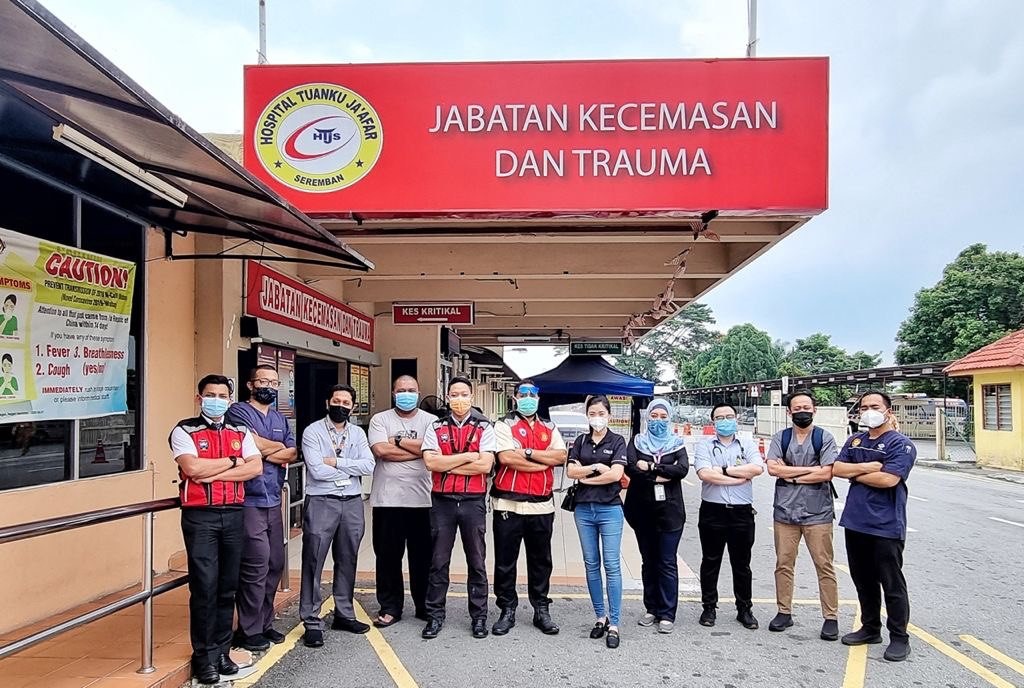
Potřeba rychlosti
Nemocnice Tuanku Ja’afar se rozkládá na 26 hektarech v provinčním hlavním městě Serembanu, které se nachází v údolí řeky Linggi, asi 60 kilometrů jižně od Kuala Lumpur. Původně známá jako Všeobecná nemocnice v Serembanu byla v roce 2006 přejmenována na desátého malajského krále, který zemřel ve své jmenovně dva roky po cévní mrtvice.
S 1 143 lůžky a 23 klinickými specializacemi slouží HTJS jako referenční nemocnice pro všechny Negeri Sembilan. I když zde incidence cévní mozkové mrtvice roste tak, jak je v Malajsii, nemocnice začala léčit akutní cévní mozkovou mrtvice až poté, co v roce 2018 získala služby neurologa.
Od samotného slova se dr. Teh zaměřil na nejkratší možný čas od dveří k jehle a věnoval se eliminaci překážek jeden po druhém – „hlavně“, vysvětluje, „odstraněním všech zbytečných interakcí po cestě“.
Pod jeho vedením a s podporou Dr. Emiho nemocnice systematicky zavedla všechny nové pokyny pro protokol akutní mrtvice, od integrace přednemocničních služeb až po léčbu na CT.
Předběžná poznámka je klíčová a pacienti s mrtvicí jsou doručováni přímo do místnosti pro snímkování CT, která byla předem předčtena. Upozornění na mrtvice příhodu k vyvolání multidisciplinárního týmu jsou šířena a vzácné minuty jsou uloženy několika paralelními činnostmi, včetně hodnocení závažnosti mrtvice a získání souhlasu.
Úzká spolupráce mezi neurologií a radiologií znamená, že CT sken je interpretován okamžitě, takže pokud je pacient způsobilý pro trombolýzu, může být léčba zahájena bez prodlení. Vlastní protokol HASTE (Hyperacute mrtvice Smart Track in Emergency) nemocnice a sada HASTE, které vycházejí ze spolupráce se službami EMS, vyhrály malajskou národní inovační soutěž, ale co je důležitější, zefektivněním cesty zachraňují životy.
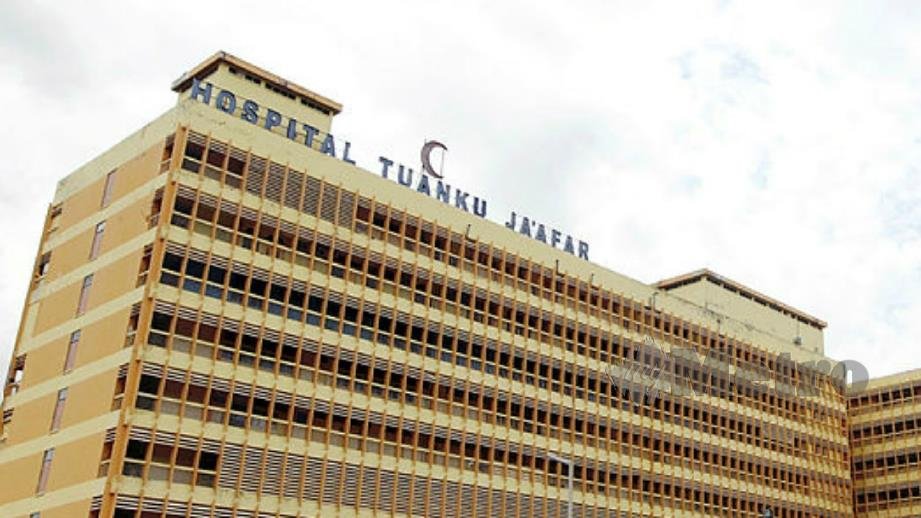
Řešení problémů
Další výzvou pro Dr. Teha a jeho tým je rychlejší dopravení pacienti s mrtvicí do nemocnice. V současné době do nemocnice přichází přes ZZS pouze asi třetina pacientů s další třetinou z jiných center. Jedna třetina však cestuje bez pomoci a příliš často mimo časové rozpětí pro léčbu. Jedná se o problém, který lze řešit pouze prostřednictvím kampaní veřejného zdraví týkajících se povědomí o příznacích cévní mrtvice a prevence primární cévní mrtvice.
Tým HTJS se také zavazuje zlepšovat služby v oblasti cévní mrtvice v jiných nemocnicích v regionu, kde doufá, že budou replikovat své protokoly a sdílet své znalosti. Simulační cvičení v blízké okresní nemocnici jsou již na programu, i když sousední nemocnice ještě nejmenovala neurologa.
Malajsie čelí nedostatku odborníků na zdravotní péči, a to i v oblasti neurologie. Přednáška na první malajské konferenci mrtvice v roce 2019, ředitel generálního ředitele pro zdraví Datuk Dr. Noor Hisham Abdullah, odhadla, že k uspokojení potřeb pacienti s mrtvicí v zemi bylo zapotřebí dalších 200 neurologických specialistů.
V HTJS se vášeň Dr. Teha pro neurologii i jeho pacienty promítá do dlouhé pracovní doby, ale druhý neurolog je velmi potřebný, aby si pacienti s mrtvicí mohli být jisti vynikající léčbou bez ohledu na hodinu a aby si dr. Teh mohl zasloužit zasloužený spánek.

